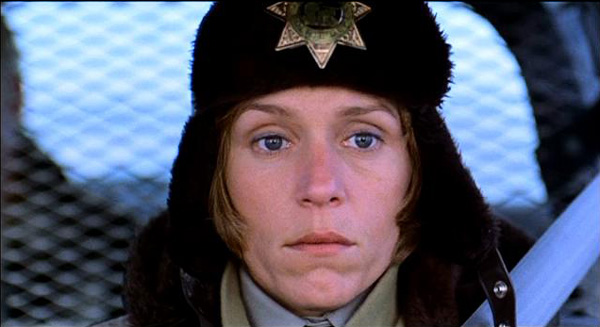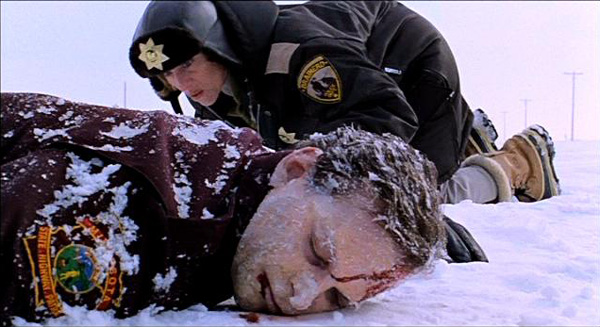Fargo analysis and review
Today is the first day of my dive into the films of the Coen Brothers, and it started with a real doozy, Fargo. There are almost too many things I like about this film but, as usual, I have a couple of particulars that really grabbed my attention. We’ll get to those aspects soon, first we’ll start with a quick review. Fargo is a film that I have been told by many people who are not film enthusiasts is boring and not worth a viewing, I 100% disagree and feel like most people who consider watching movies a hobby would completely agree. The story is gruesome and told masterfully through visuals. It’s strange, but I would be willing to bet that nearly 40% of the dialog in the movie has nothing to do with the actual plot or central events, yet it is still fascinating to see Marge’s life outside of work being just a level and bland as her life in work. I also think it’s interesting that she is so un-phased by the murders she is investigating and remains cheerful and seemingly oblivious (although we see multiple times that this is not actually the case). Great film. So, back to those 2 things that grabbed my attention:
Analysis of faces over words:
This is an interesting touch that I noticed right off the bat with Fargo and immediately began thinking back to other films which also used it, I can’t come up with any off the top of my head but I’m sure this can’t be unique only to the Coens because of how effective it is. During a typical dialog scene the audience is shown a close up of the character who is speaking, but in Fargo the face of the character who is more emotional or who is going to have a more severe reaction to the line being spoken is the shot that we see. I really like this approach to dialog scenes because it allows us to see how someone is feeling if they are lying or find themselves in a sticky situation as they are realizing it.
Every shot has a reverse:
This is another dialog scene technique that I find interesting and visually appealing, although I am not entirely sure why. These days, a typical scene where characters are having a conversation is usually shot with 2 cameras using an over-the-shoulder shot, but in addition to filming some shots in that way the Coens also will give a character the entire frame then turn the camera 180′ and allow the other character to have the entire screen. Not sure why I enjoy the style more than traditional methods, but it does make things seem more interesting to me.

